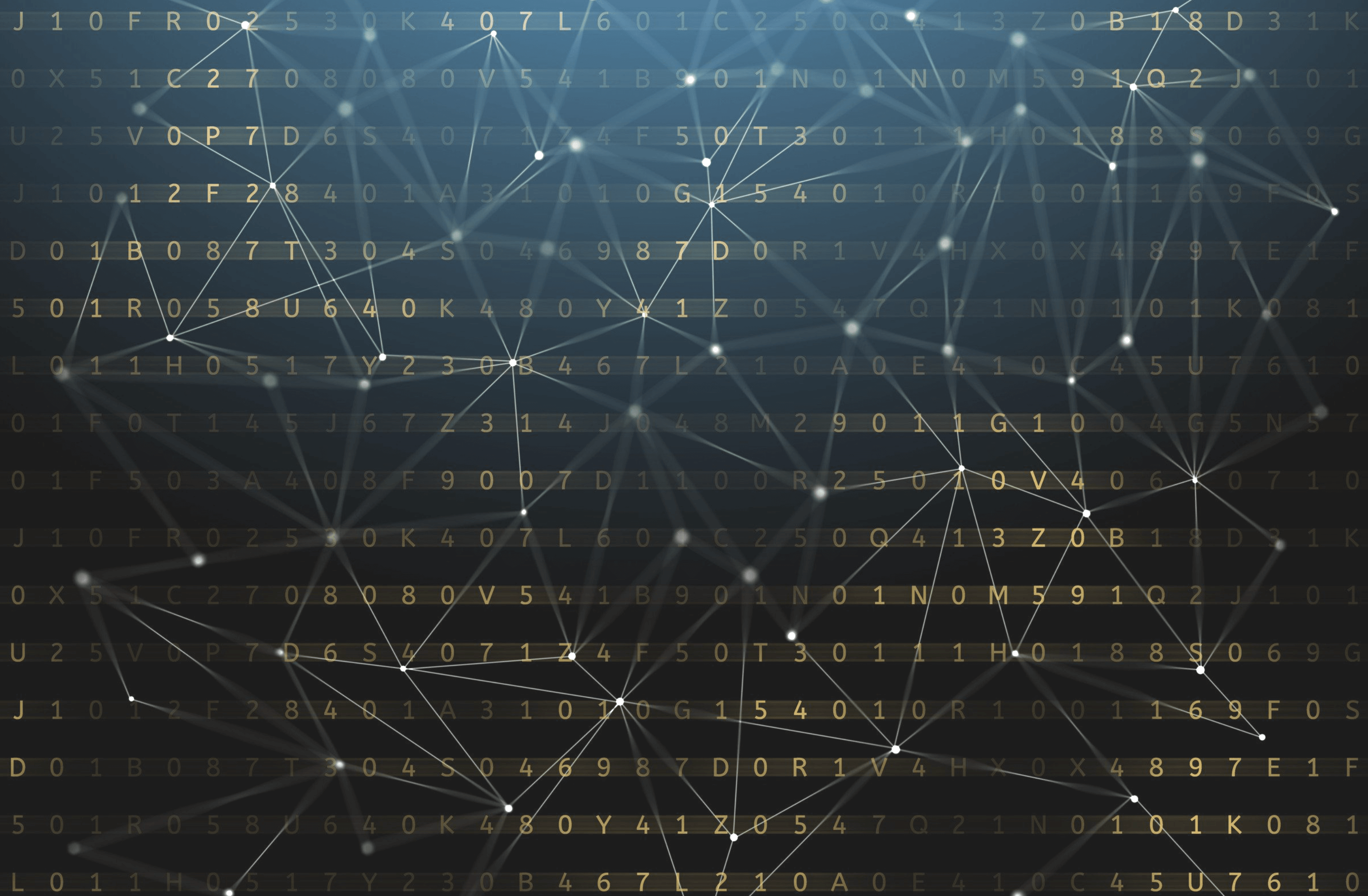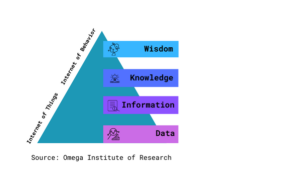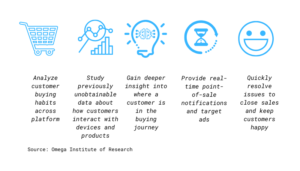- Industries
Industries
- Functions
Functions
- Insights
Insights
- Careers
Careers
- About Us
- Information Technology
- By Omega Team

The Internet of Behavior (IoB) is a combination of three fields: technology, data analytics and behavioral science. It extends from the Internet of Things (IoT), the interconnection of devices that results in a vast variety of new data sources. This brings together data from both the digital and physical worlds to influence actions and behaviors through feedback loops. The data of IoB is attached to specific human behaviors such as purchasing or following a specific brand online.

IoT and IoB
The relationship between IoT and IoB means evolution in how and what kind of data can be obtained from interactions with digital objects and devices. Some of the data collected by companies come from the information the consumer provides by interacting with an application linked to the company. Another way, much more subtle, comes from the information collected from the interactions with smart devices, such as mobile phones. For example, this has the power to easily track the user’s movements and their geolocation in real-time. The links with smart devices produce data that is collected from everyone, how we buy, spend, what we like and what we do not.
Organizations are improving not only the amount of data they collect but also the way they combine and use data from different sources. IoB will continue to influence the way organizations interact with people, collecting, combining, and processing data from a variety of sources, such as customer data, government agencies citizen data, social media, public domain facial recognition, location tracking and interactions with smart objects.
IoB takes the data accumulation to the next level turning it into people and social knowledge. It has the power to link people to their actions, with a mix of behavioral science, data analytics, and technology. Taking care of analyzing decisions, emotions, human bonds, all the aspects that make who we are as individuals at a behavioral level.
Applications of IoB
Most businesses found online advertising an effective way to reach more customers in the present age. However, IoT is making them able to identify and target to target specific individuals or groups that can benefit from their services and products. For example, both Facebook and Google are using the behavioral data of their users to display advertisements to the people accordingly. This is helping businesses in getting connected with their potential audience as well as track their behaviors towards their ads via click rate. YouTube is also utilizing behavioral analytics to improve the experience of its viewers. By tracking behavioral data, it is recommending users’ videos and shows which they are more interested in. The latest technologies such as Siri, Google Home, and Alexa also study and interpret the data and behavior of the user to work more efficiently.
The benefits of IoB
Internet of Behavior is intended to generate a considerable boost in the development of the sales industry. Marketing and psychology from the beginnings of advertising go side by side. In this way, behavioral analysis and psychology have allowed new insights into the data collected by the Internet of Things. IoB can replace multiple customer services, which is time-consuming for both customers and businesses. At the same time, they provide real-time valuable data such as buying behaviors across different platforms.
Figure 2: Benefits of IoB

The Concerns brought by IoB
The most concern of IoB is cyber security. The integration of IoT and behavior data can give cybercriminals immense power to disrupt our lives. They can access sensitive information about everything that an individual interacts with. Cybercriminals can even put-up sensitive data on sale in the dark web or to other hackers who can eventually get hold of property & bank access codes. Cybercriminals can even take phishing to the next level by impersonating individuals in a better manner for conducting fraud. The expeditiously growing network of IoT-enabled devices requires more vigilant and proactive cybersecurity protocols. Amendments in the cultural and legal norms would also be required while embracing IoB.
Future Outlook
Internet of Behaviors (IoB) has become one of the top buzzwords to look out for in 2021. It is steadily marching into our lives and will soon be quite all-pervasive. The activities of 40% of the world’s population will be tracked digitally to influence behavior. IoT is an extremely popular technology and no longer a far-fetched trend that has managed to trickle down to various industries. The technology facilitates functions of a multitude of devices such as fitness watches, smartphones, cars, credit cards, and other physical devices by collecting and sharing data. The total number of IoT-enabled devices is expected to grow to 41.6 billion by 2025. Consequently, the future expansion of IoB will greatly benefit from this trend.
The massive amount of data generated by billions of connected devices isn’t being utilized to its full potential yet. How to extract insights from this wealth of information and help companies improve their profit will be a challenge for IoB technology.
Subscribe
Select topics and stay current with our latest insights
- Functions